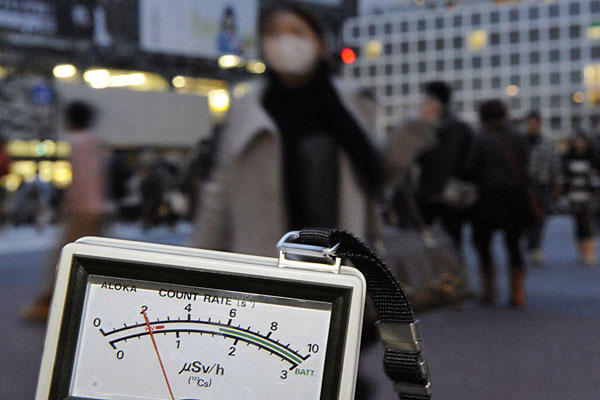- 1st Normal cooling measures failed at Fukushima’s Unit 1 reactor, so officials resorted to using seawater to cool the reactor vessel.
- 2nd Pressure rose within the vessel, so operators released steam from the reactor in order to prevent an explosion.
- 3rd Due to rising temperatures, the fuel rod casings reacted with the seawater, creating zirconium oxide and hydrogen.
- 4th The hydrogen-rich steam then reacted with oxygen in the environment, which then caused a hydrogen explosion. source
- » So, where are we at now? First of all, it’s important to note that this is only one of six reactors in Japan currently placed under states of emergency. That being said: operators at Fukushima’s unit 1 reactor are still frantically trying to cool the unit. The fuel rod casings and the seawater reacted with one another when the temperature reached around 2,200 degrees Fahrenheit; things could get really bad if and when the temperature hits 4,000 degrees. This would cause the uranium fuel pellets to melt, at which point they’d eat through the floor of the reactor vessel, then that of the building, and begin to escape into the environment. At the same time, the walls of the reactor vessel would melt into a “lava-like pile,” react with the remaining seawater, and cause an explosion bigger than the one that already occurred. This explosion would spread the radiation around the environment, and…well, yeah. That would be very bad. We’ll keep you posted as more developments come out.
